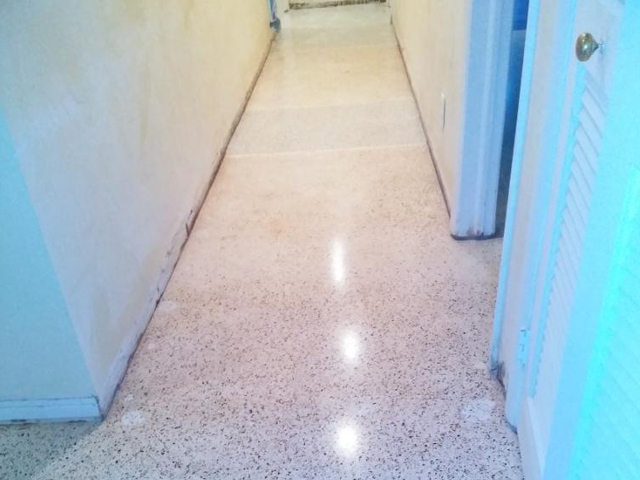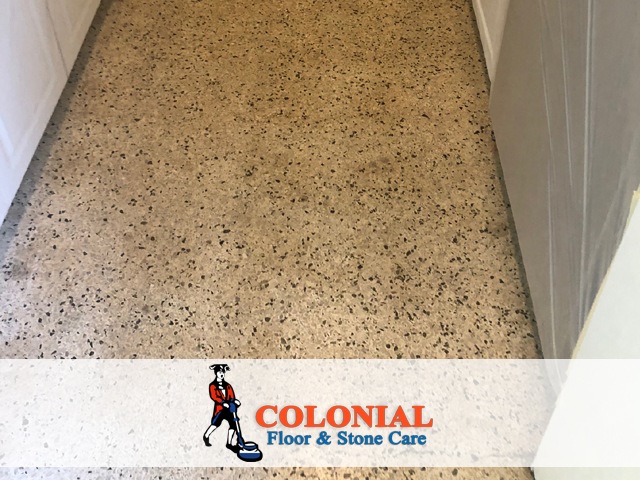Restore Terrazzo Floors is a beautifully artistic floor that will display its colors and shine throughout many years. That being said, the time will eventually come when the terrazzo is in need of restoration. This may be because of stains, scratches, dullness, dirtiness, or all three as a result of being under another flooring for many years. Whatever the case, there are things you can do to restore the terrazzo yourself and bring back its vibrant color and shine. Professionals will almost always yield better results, but they are not always required, especially for smaller damages. The first thing to do before starting any restoration is to prepare the area. All furniture must be moved and make sure nothing covers the terrazzo floor repair. From there the terrazzo should be cleaned with a pH-neutral cleaner thoroughly so no dirt or dust mixes and interferes with the later process. If your terrazzo has a coating such as wax, a stripper is needed to remove it gets to the actual surface. Strippers are commercially available but can be very dangerous if misused, so read instructions carefully and utilize all the safety equipment suggested.

Once the stripper has been applied successfully, use a more pH-neutral cleaner with a clean mop to get rid of the dissolved wax and dry. If damages such as stains and scratches were superficial, then they would have been removed with the stripper. If not, the damage is on the terrazzo itself and further steps need to take place. If it is a stain, try to identify what type of substance caused the stain such as oil, and match it with the correspondent poultice. A poultice is simply a mixture of substances such as hydrogen peroxide and baking soda that is used to remove stains. You can look up how to make these mixtures online are buy some that are already pre-made. Choosing to buy those that are already pre-made tends to deliver better results but make sure to follow the instructions for the best outcome. For scratches, grab a sponge and with baking soda gently but consistently buff the affected area until the scratches disappear. If the scratch marks are even deeper, you may have to use polishing powder and with an electronic grinder grind and buff, they are until the scratches are gone.
If you want to polish the terrazzo, the next step would be to wet the floor and use an electric grinder with diamond grit disks. It is recommended for the machine to be weight down to apply pressure and pass over the Restoring Terrazzo Floors in rows about five times at about 30 grit. Place more water and grind the floor again but this time with finer 40 grit. After this is done, fill any holes your terrazzo may have with the proper epoxy or cementitious base and corresponding aggregate chips. If the holes are too small, don’t be afraid to make them bigger with a chipping tool since they will be filled and smoothed out anyway. Once the mixture hardens, use a grinder to smooth out the patch until it is thoroughly blended in. Continue to grind the floor and with each passing use finer and finer grits until you get to the finest one you have while tile removing weight if you added some to the machine. All that’s left is to add polishing powder graded for terrazzo floor polishing and use a wet polisher around ten times per row. Apply a sealer or wax as instructed by the product label buff it out with an electronic buffer and you should have a beautifully restored and sparkling terrazzo floor that looks several years younger and will continue to do so for many years to come.

